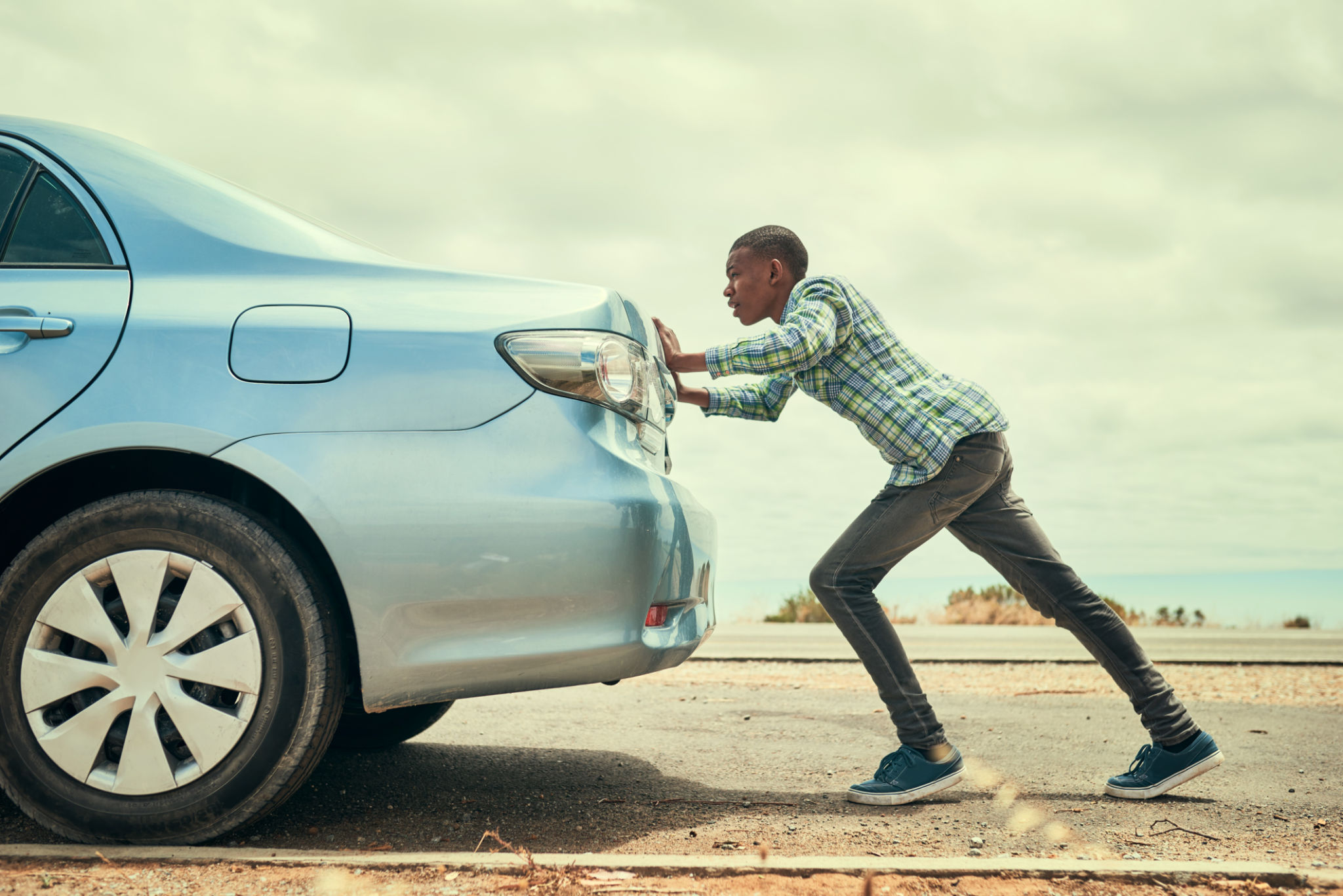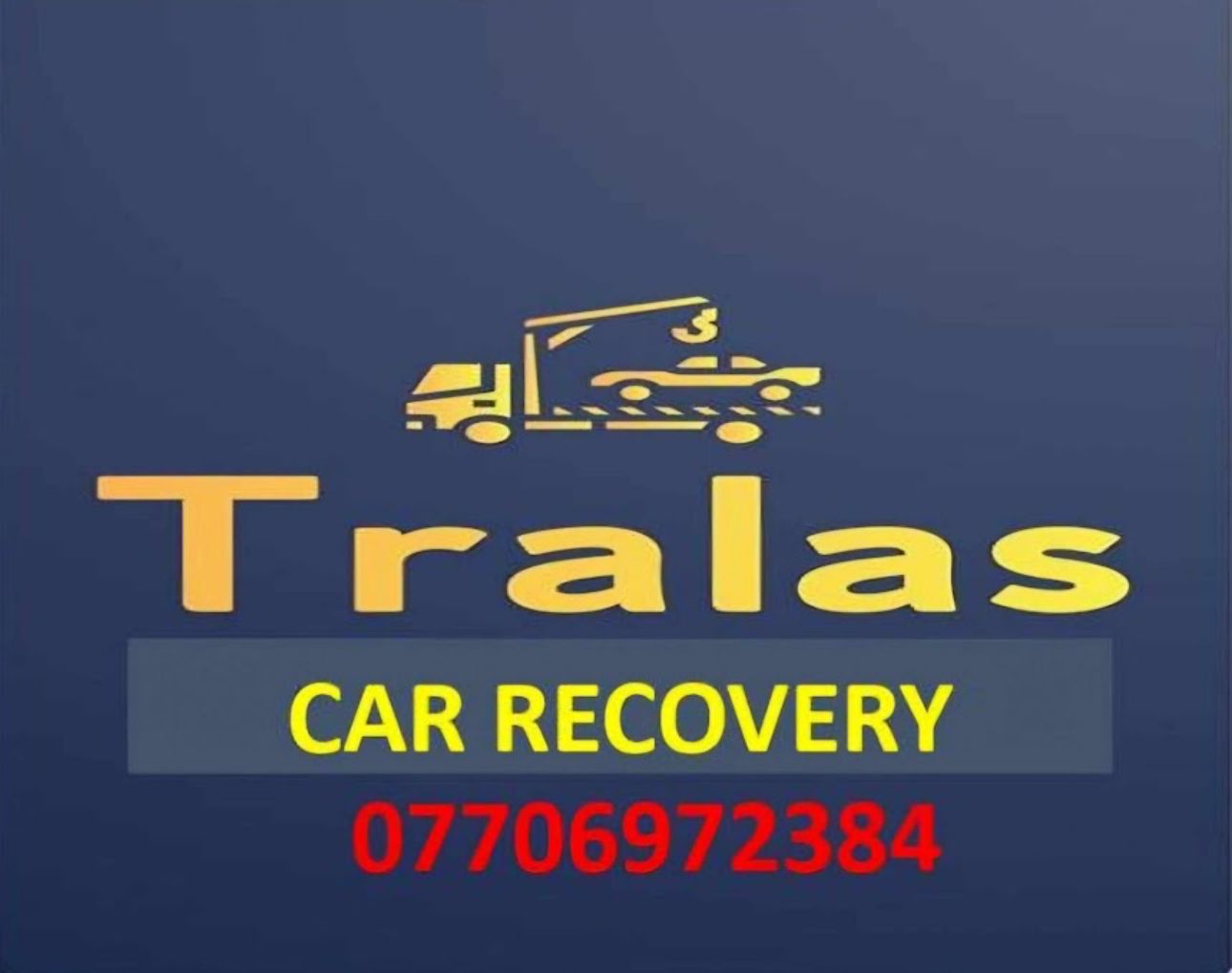What to Do When Your Vehicle Breaks Down on the Road
MM
Stay Calm and Assess the Situation
When your vehicle breaks down on the road, the first and most important step is to stay calm. A clear mind will help you make better decisions and keep you safe. Once you've taken a few deep breaths, assess your surroundings and try to determine the problem with your vehicle. Is it a flat tire, an overheating engine, or something else? Understanding the issue can help you take the appropriate next steps.

Move to a Safe Location
If possible, try to move your vehicle to a safer location away from traffic. Turn on your hazard lights to alert other drivers that you're having an issue. If your car is unable to move, stay inside with your seatbelt fastened until help arrives. Exiting the vehicle on a busy road can be dangerous, so only get out if it's safe to do so.
Call for Assistance
Once you are safely positioned, it's time to call for help. Contact roadside assistance if you have it as part of your insurance or vehicle plan. If not, reach out to a local towing service or a friend who might be able to assist you. It's also a good idea to inform a family member or friend of your situation and location.

Use Emergency Supplies
Every driver should have an emergency kit in their vehicle. This kit should include items like flares, a flashlight, basic tools, and a first-aid kit. If you have these supplies, use them as needed while you wait for help to arrive. For example, set up reflective triangles or flares to alert oncoming traffic.
Stay Visible and Safe
Ensuring your vehicle is visible to other drivers is crucial for safety. Keep your hazard lights on and use any reflective items you have to make your car more noticeable in low-light conditions. Additionally, stay inside the vehicle if it's safe, especially if you're on a busy highway or in inclement weather.

Plan for the Unexpected
Vehicle breakdowns can happen at any time, which is why it's important to be prepared. Regular maintenance and check-ups can reduce the likelihood of roadside emergencies. Familiarize yourself with basic car troubleshooting techniques, such as changing a tire or jump-starting a battery, to handle minor issues independently.
Review Your Insurance Policy
It's wise to review your car insurance policy and become familiar with what's covered in case of emergencies. Some policies include roadside assistance, towing, or rental car reimbursement, which can be invaluable during a breakdown. Knowing what services are available can provide peace of mind and ensure you're not left stranded without support.
By following these steps and staying prepared, you can navigate the stress of a vehicle breakdown more effectively, ensuring safety for yourself and your passengers.
